Reviewed by Sahil Chopra MD and Stacey Gunn MD
Research by Savit Malhotra
This article marks the second installment of our insomnia series. Previously, we discussed what insomnia is, what causes insomnia, and some of the possible treatments for the disease. In this week’s article, we will be doing a deep dive into medications for insomnia.
Introduction
Between the medications specifically designed for insomnia and the several dozen other medications with the off-label use of treating insomnia, there are over 70 different pills that can be used to treat the disease. With so many different medications available, it can be hard to pick one specific pill to use. Thankfully, the medications can be broken down into classes that work better for different symptoms. In this week’s article, we’ll be breaking down the different medications available and helping you decide which medications best fit your needs.
Melatonin Receptor Agonists
Melatonin receptor agonists work by mimicking the effects of melatonin, a hormone naturally produced by the pineal gland that regulates the body’s circadian rhythm (also known as the sleep-wake cycle). These medications bind specifically to MT1 and MT2 melatonin receptors in the brain, which are responsible for inducing sleep and regulating its timing. By stimulating these receptors, melatonin receptor agonists can help those who struggle with falling asleep due to circadian misalignment or insomnia related to sleep-onset difficulties.[10]
In terms of efficacy, melatonin receptor agonists have been shown to be particularly useful in improving sleep onset. Clinical studies demonstrate that individuals taking these medications fall asleep faster and experience an increase in total sleep duration compared to those taking a placebo.[11] However, the effects are generally more modest compared to benzodiazepines or Z-drugs. Their value lies in their safety profile and non-addictive nature, making them a suitable long-term option for some patients.
Melatonin receptor agonists are generally well tolerated and are not associated with dependency or withdrawal symptoms. The most commonly reported side effects include dizziness, fatigue, and nausea. Unlike other sleep aids, they do not impair next-day functioning or lead to significant cognitive impairment.[12]
Currently, the only FDA-approved melatonin receptor agonist for insomnia is ramelteon (Rozerem).
Orexin Receptor Antagonists
Orexin receptor antagonists work by blocking the activity of orexin, a neurotransmitter that promotes wakefulness and arousal. By inhibiting orexin receptors (OX1R and OX2R), these drugs decrease the brain's arousal signals and help facilitate the transition into sleep. This makes orexin receptor antagonists effective for both sleep onset and sleep maintenance insomnia. [13]
Several studies have found that orexin receptor antagonists significantly improve both sleep initiation and maintenance. Patients taking these medications reported reduced sleep latency, fewer nighttime awakenings, and improved overall sleep quality. Compared to other classes, these medications offer a balance of efficacy without heavy sedation. One study found that these medications helped in reducing sleep latency by 10-20 minutes. In addition, total sleep time was increased by 30-60 minutes and wake after sleep onset was decreased by 20-30 minutes. [24]
Like other medications for insomnia, orexin receptor antagonists can cause side effects such as next-day drowsiness, fatigue, and in some cases, vivid dreams or sleep paralysis. They are not associated with significant risks of addiction, and their safety profile is generally considered favorable. However, the FDA advises caution in patients with a history of narcolepsy or depression. [14] Examples of FDA-approved orexin receptor antagonists include suvorexant (Belsomra), lemborexant (Dayvigo), and daridorexant (Quviviq).
Antidepressants (Off-Label Use)
While not specifically designed for insomnia, several antidepressants are used off-label to treat sleep disturbances, particularly when insomnia co-occurs with depression or anxiety. These medications affect various neurotransmitters in the brain, including serotonin, norepinephrine, and histamine, depending on the drug. For example, low-dose doxepin works primarily through histamine receptor antagonism, while trazodone enhances serotonin activity. [16]
Antidepressants used off-label for insomnia have shown efficacy in improving sleep continuity and duration, particularly in patients with comorbid mood disorders. Trazodone, for instance, is one of the most commonly prescribed sleep aids in the U.S. despite its original classification as an antidepressant. [17]
These medications often come with side effects such as daytime drowsiness, dry mouth, weight gain, and dizziness. While the risk of dependence is lower compared to benzodiazepines or Z-drugs, tolerance and side effects can still occur, particularly at higher doses. Their suitability often depends on the individual’s broader mental health profile.
Common antidepressants used off-label for insomnia include trazodone, doxepin (Silenor in its low-dose FDA-approved form), mirtazapine, and amitriptyline.
Antihistamines ( Over-the-Counter Solutions)
Antihistamines, typically found in over-the-counter (OTC) sleep aids, work by blocking histamine receptors in the brain. Histamine plays a key role in wakefulness, and by inhibiting its action, antihistamines produce a sedative effect. These are among the most accessible options for individuals seeking immediate relief from sleeplessness. [18]
While antihistamines can help individuals fall asleep, their efficacy tends to decrease over time due to rapid tolerance development. Additionally, they are less effective at improving sleep quality and maintenance compared to prescription medications. As such, they are generally not recommended for long-term use. [19]
Common side effects include dry mouth, constipation, urinary retention, and next-day grogginess or "hangover" effect. Older adults should be particularly cautious, as these medications can contribute to confusion, falls, and cognitive decline. [21]
Examples include diphenhydramine (Benadryl) and doxylamine, which are often found in OTC sleep aids like Unisom and Nytol.
Melatonin Supplements and Herbal Remedies
Melatonin supplements are synthetic versions of the natural hormone melatonin and are commonly used to help with circadian rhythm-related sleep issues, such as jet lag or delayed sleep phase syndrome. These supplements are not technically classified as medications but are widely used as a sleep aid due to their regulatory role in the sleep-wake cycle.
The efficacy of melatonin supplements varies by individual and sleep condition. They are most effective in cases of circadian misalignment rather than general insomnia. Unlike prescription medications, melatonin is not a sedative but rather a chronobiotic, meaning it adjusts the timing of the sleep cycle. [20]
Melatonin is generally safe with few reported side effects, which may include dizziness, headache, or nausea. Because it's not regulated as strictly as prescription drugs, product quality and dosage can vary between brands. Other herbal remedies, such as valerian root, chamomile, and lavender, are also commonly used. However, scientific evidence supporting their effectiveness is limited and mixed.
Melatonin is available over-the-counter in a variety of formulations (capsules, gummies, sublingual tablets), and herbal remedies are widely available in teas, tinctures, and supplements.
Benzodiazepines
Benzodiazepines are a class of depressants (depressants are any medications that work by slowing down the body's central nervous system) that work by binding to GABA and GABAA receptors in the brain. [1] These receptors are vital for regulating mood, sleep, and motor function. GABA receptors are the primary inhibitory pathways in the brain. It has been found that when these receptors experience reduced activity or a complete dysfunction, insomnia can result. [2] When benzodiazepines bind to GABA and GABAA receptors, they act as an agonist (an activator). [1] An agonist is any drug that works by activating the neuroreceptor it targets. Thus, by binding to and activating GABA and GABAA receptors ( inhibitory, benzodiazepines can effectively treat insomnia.
However, the question now becomes how effective benzodiazepines are. Studies have found a significant increase in sleep time and sleep efficiency in patients who use this class of medication. One study found that patients who use this drug saw an increase in their total sleep time from 39.1 minutes to 61.8 minutes and a decrease in sleep-onset latency from -4.2 to -16.5 minutes. [3] This decrease in sleep-onset latency, combined with a decrease in wakefulness after sleep onset and an increase in sleep efficiency, led to overall better sleep quality thus proving that benzodiazepines are an effective medication in treating insomnia.
With any medication, there is always a risk of some adverse effects occurring. When it comes to benzodiazepines, it is recommended that this medication be taken for less than 4 weeks. [4] The reason for this is that prolonged use of this medication can lead to addiction and drug abuse. In order to avoid this effect, however, this drug can also be taken intermittently. Aside from the risk of addiction, benzodiazepines also cause one to breathe slower. Other common adverse effects (such as vomiting, diarrhea, drowsiness, and headaches) have been reported. Additionally, benzodiazepines have a range of adverse cognitive, neurological, and physical effects. Cognitive impairment has been associated with chronic use of benzodiazepines. This includes a person’s working memory becoming impaired, their processing speed decreasing, their attention becoming divided, visuoconstruction, their recent memories becoming impaired, falls, and a deficit in expressive language. Interestingly, these adverse effects still occur even after a person stops taking the medication. [22] Thus, for benzodiazepines, while these can be helpful to people, the risk may not be worth it for most people. Even though this medication is among the most effective, it carries the highest potential for side effects. A full list of these adverse effects, as well as other information on the medication class (such as contraindications, toxicity, etc.), can be found on the medications NIH page. [5]
The NIH page also includes a list of the current FDA-approved benzodiazepines. For the treatment of insomnia, the following medications have been listed: estazolam, flurazepam, quazepam, temazepam, and triazolam.
Non-Benzodiazepine Hypnotics (“Z-Drugs”)
Non-Benzodiazepine hypnotics, otherwise known as “Z-Drugs,” are quite similar to Benzodiazepines in how they work. This medication, which is also a depressant, works by binding to the inhibited GABA receptors in the brain and stimulating them. [6] The key difference between non-benzodiazepines and benzodiazepines lies in their chemical structure. Due to this difference in structure, non-benzodiazepines do not produce the same anxiolytic (a medication that reduces anxiety) and anticonvulsant (a medication used to prevent epileptic fits) effects as benzodiazepines. These medications are also much faster-acting and have a shorter half-life when compared to benzodiazepines. [7]
While the research is still evolving, clinical data has shown that Z-drugs significantly reduce sleep latency and improve sleep duration in both primary and comorbid insomnia. Zolpidem and zaleplon, for instance, have shown statistically significant improvements in total sleep time when compared to placebo, especially in short-term treatment. [8] A meta-analysis published in the Cochrane Database of Systematic Reviews confirmed that zolpidem and eszopiclone reduced sleep latency by approximately 12–15 minutes and increased total sleep time by about 25–30 minutes compared to a placebo.[21]

The figure here, depicts the outcome of Eszopiclone versus placebo in terms of sleep onset latency. This image comes from the review article published in the Cochrane Database of Systematic Reviews article.
Another study published in Sleep found that eszopiclone improved sleep maintenance and next-day functioning in adults with chronic insomnia. [22]


These images depict graphs from the articles to further support the efficacy of non-benzodiazepine hypnotics.
These findings support the efficacy of non-benzodiazepine hypnotics as a valuable short-term treatment option for insomnia.
When it comes to non-benzodiazepines, these medications carry much of the same risks as benzodiazepines. These medications pose the same risks for addiction and withdrawal in addition to the general adverse effects (nausea, vomiting, etc.) The FDA also recommends that those taking this medication should not take it with any other sleep medications, including prescription and non-prescription medications. They also recommend that this medication not be taken with alcohol. Lastly, the FDA states that those taking this medication can feel drowsy even a day after they take this medication. For this reason, their ability to drive can become impaired and any other activities requiring alertness can also become difficult due to this drowsiness. [23] Thus, like benzodiazepines, these medications can be helpful for people and are effective, but they have a high potential for side effects and this risk may not be worth it for most people.
Currently, there are a number of different non-benzodiazepines available, including zolpidem (Ambien), Zopiclone (imovane), and zaleplon (Sonata).
What is the Best Medication?
Now that we’ve covered all of the bases, which medication is the best?
As a doctor its hard for me to choose one. In medicine the devil is in the details and it comes down to the basic question, “What’s the reason for insomnia?”
By far, the safest option would be melatonin supplements and herbal remedies. This solution tends to have minimal side effects on a person and can easily be purchased at any drug store or pharmacy. Melatonin is particularly effective in regulating a dysregulated circadian system (jet lag, shift work, etc).
Based on the data alone, one of the medications that has good and safe overall efficacy is orexin receptor antagonist. This medication is effective in both sleep onset and sleep maintenance with there being minimal risk for drug abuse.
In the situations of depression and insomnia medications such as trazodone can be considered.
In situations of pain and insomnia or restless legs and insomnia, medications that modulate GABA in the brain can be considered (Gabapentin, pregabalin, benzodiazepines).
If a person is looking for the best medication for short-term relief for acute insomnia, sensible and potent options could be a non-benzodiazepine hypnotic (Z-Drug) as these medications are quite effective. The issue with these medications is that they do carry a high risk of dependency, making them most suitable for short-term use. All in all, no medication is a “one size fits all” and in order to make a proper decision on which medication to use, a person should consult with a specialist.
As you can see, its not straightforward. Talk to your doctor so they can understand your full situation, what you have tried and then come up with a plan!
References
Erman, Milton, et al. "An Efficacy, Safety, and Dose–Response Study of Ramelteon in Patients with Chronic Primary Insomnia." Sleep Medicine, vol. 7, no. 1, 2006, pp. 17–24. PMC, https://www.ncbi.nlm.nih.gov/pmc/articles/PMC4334454/.
Glass, Jennifer, et al. "Sedative Hypnotics in Older People with Insomnia: Meta-Analysis of Risks and Benefits." BMJ, vol. 331, no. 7526, 2005, p. 1169. PMC, https://www.ncbi.nlm.nih.gov/pmc/articles/PMC4718189/.
Holbrook, Anne M., et al. "Meta-Analysis of Benzodiazepine Use in the Treatment of Insomnia." CMAJ, vol. 162, no. 2, 2000, pp. 225–233. PMC, https://www.ncbi.nlm.nih.gov/pmc/articles/PMC2990890/.
Kato, Koji, et al. "Neurochemical Properties of Ramelteon (TAK-375), a Selective MT1/MT2 Receptor Agonist." Neuropharmacology, vol. 48, no. 3, 2005, pp. 301–310. PMC, https://www.ncbi.nlm.nih.gov/pmc/articles/PMC7760754/.
"Flurazepam." StatPearls, National Center for Biotechnology Information, https://www.ncbi.nlm.nih.gov/books/NBK532908/.
Maust, Donovan T., Frederic C. Blow, and Mark Olfson. "Benzodiazepine Use and Risk of Alzheimer’s Disease." Journal of Clinical Psychiatry, vol. 72, no. 3, 2011, pp. 345–351. PMC, https://www.ncbi.nlm.nih.gov/pmc/articles/PMC2919277/.
"Temazepam." StatPearls, National Center for Biotechnology Information, https://www.ncbi.nlm.nih.gov/books/NBK547852/.
"Zolpidem." StatPearls, National Center for Biotechnology Information, https://www.ncbi.nlm.nih.gov/books/NBK540984/.
"Insomnia." StatPearls, National Center for Biotechnology Information, https://www.ncbi.nlm.nih.gov/books/NBK470303/.
Richardson, Gregory S., et al. "Tolerance to the Sedative Effects of Antihistamines." Journal of Clinical Psychopharmacology, vol. 22, no. 5, 2002, pp. 511–515. PMC, https://www.ncbi.nlm.nih.gov/pmc/articles/PMC3193128/.
Sanger, David J. "The Pharmacology and Mechanisms of Action of Newer Hypnotic and Anxiolytic Drugs." CNS Spectrums, vol. 9, suppl. 2, 2004, pp. 16–25. https://pubmed.ncbi.nlm.nih.gov/11383840/.
Srinivasan, Venkatesh, et al. "Melatonin in Mood Disorders and Obesity: A Review of the Evidence." Journal of Pineal Research, vol. 47, no. 4, 2009, pp. 277–286. PMC, https://www.ncbi.nlm.nih.gov/pmc/articles/PMC4273450/.
Wichniak, Adam, et al. "Sleep and Antidepressant Treatment." Current Pharmaceutical Design, vol. 17, no. 14, 2011, pp. 1437–1449. PMC, https://www.ncbi.nlm.nih.gov/pmc/articles/PMC3475287/.
Winkelman, John W. "Insomnia Disorder." Journal of Clinical Psychiatry, vol. 71, no. 4, 2010, e02. PMC, https://www.ncbi.nlm.nih.gov/pmc/articles/PMC2924522/.
Winrow, Carl J., and John J. Renger. "Discovery and Development of Orexin Receptor Antagonists as Therapeutics for Insomnia." British Journal of Pharmacology, vol. 171, no. 2, 2014, pp. 283–293. PMC, https://www.ncbi.nlm.nih.gov/pmc/articles/PMC8764055/.
Zhang, Yaping, et al. "Worldwide and Regional Prevalence Rates of Co-Occurrence of Insomnia and Insomnia Symptoms with Obstructive Sleep Apnea: A Systematic Review and Meta-Analysis." Sleep Medicine Reviews, vol. 45, 2019, pp. 1–17. PMC, https://www.ncbi.nlm.nih.gov/pmc/articles/PMC6689944/.
Zhdanova, Irina V. "Melatonin as a Hypnotic: Pro." Sleep Medicine Reviews, vol. 13, no. 4, 2009, pp. 255–264. PMC, https://www.ncbi.nlm.nih.gov/pmc/articles/PMC2656319/.









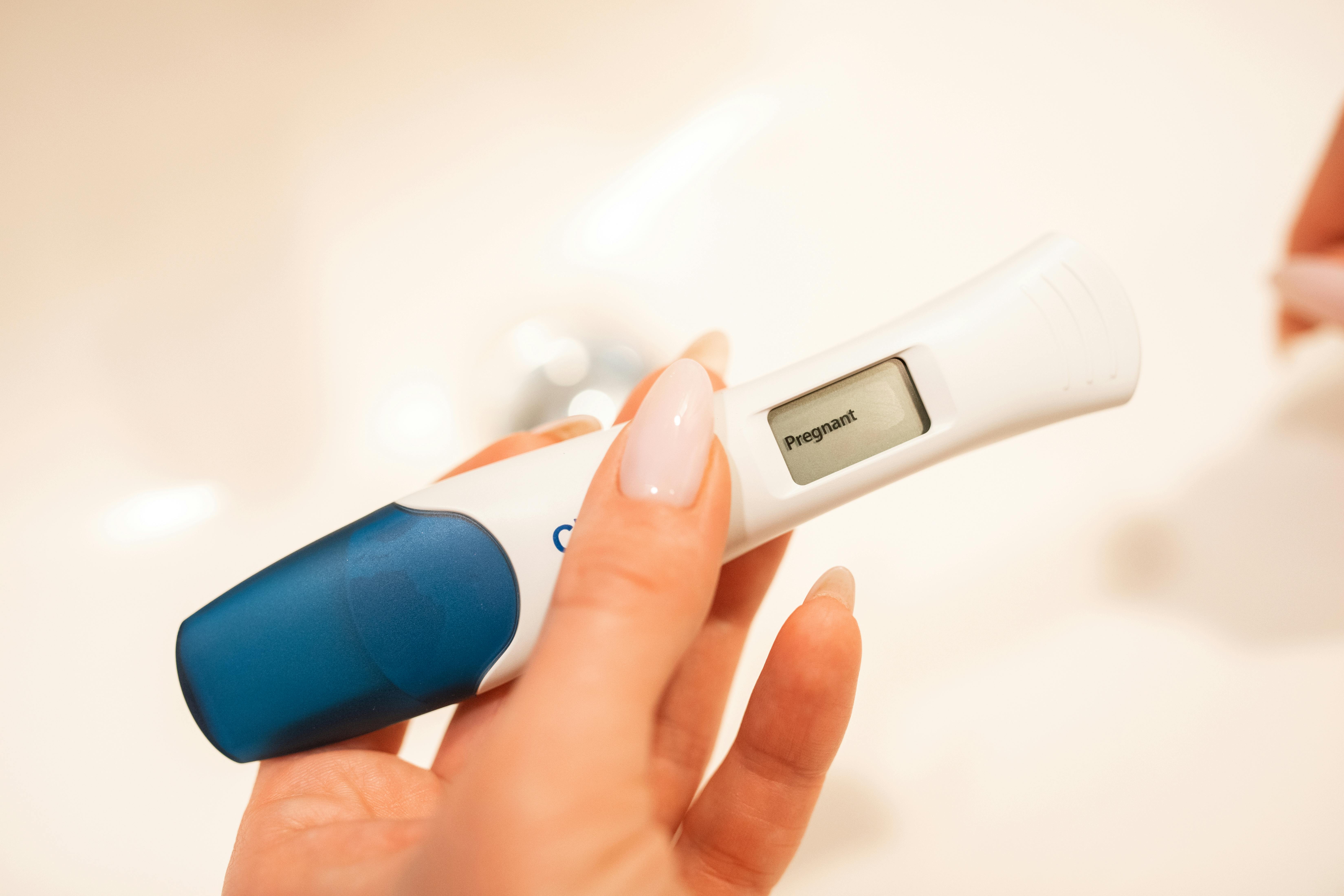





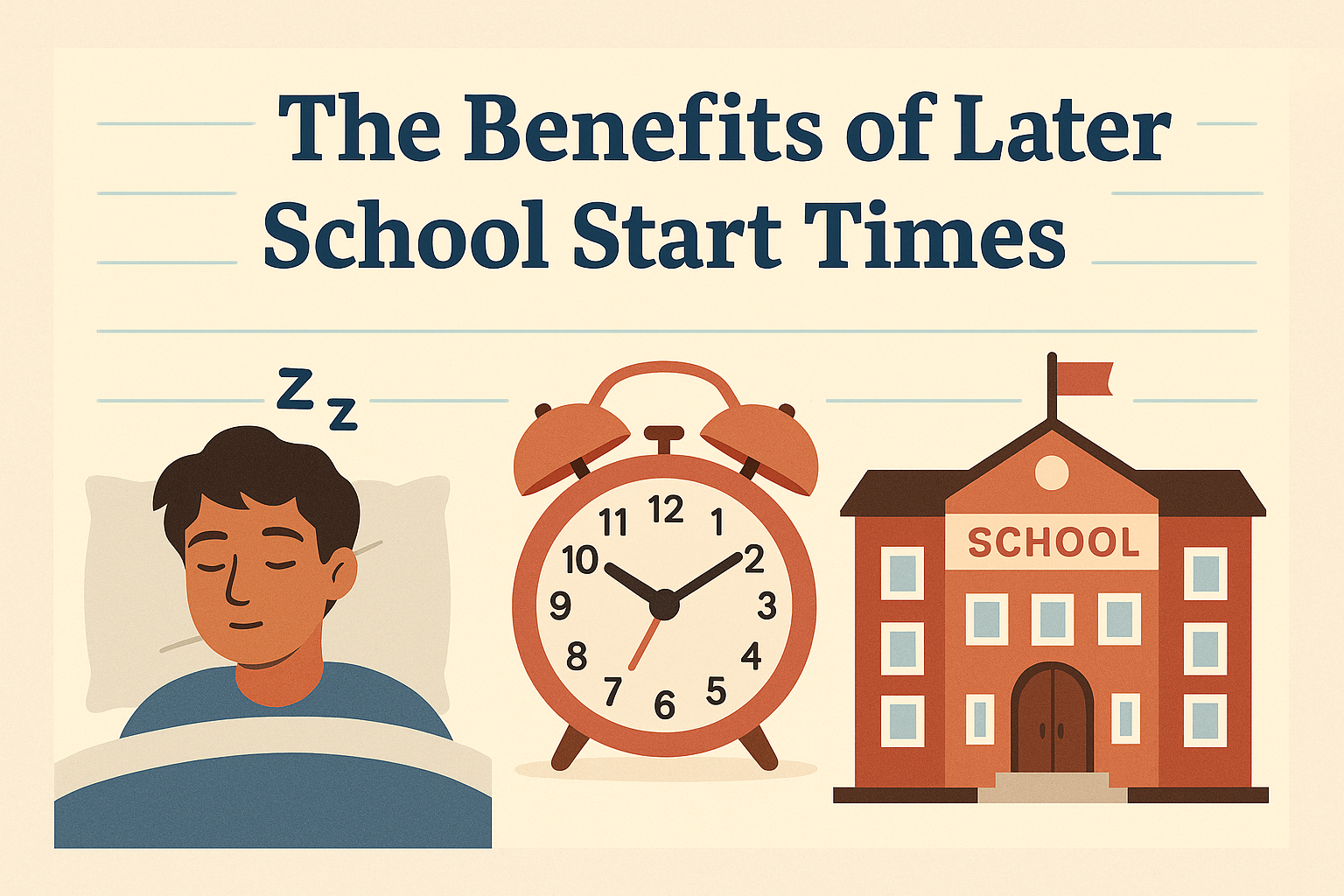




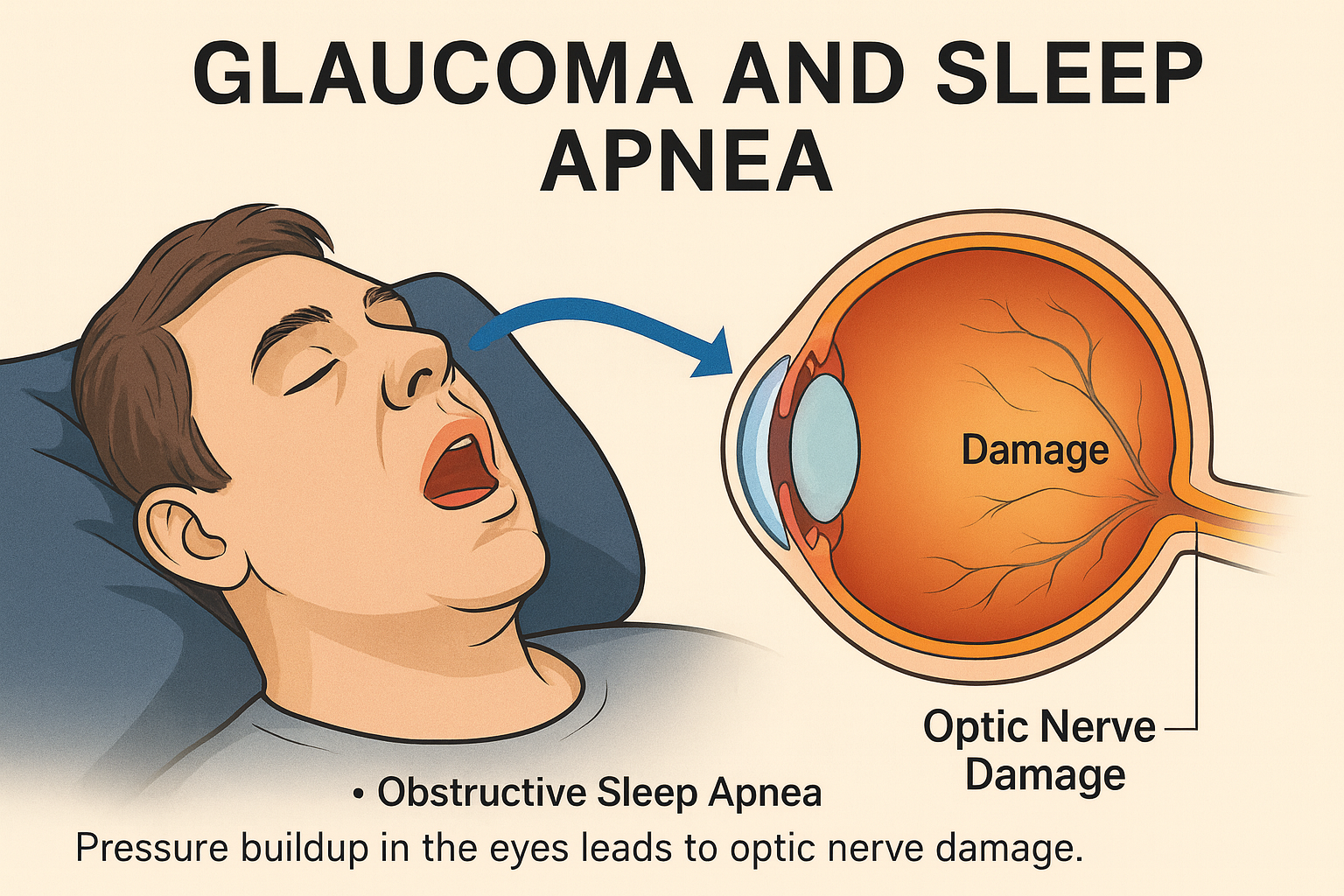
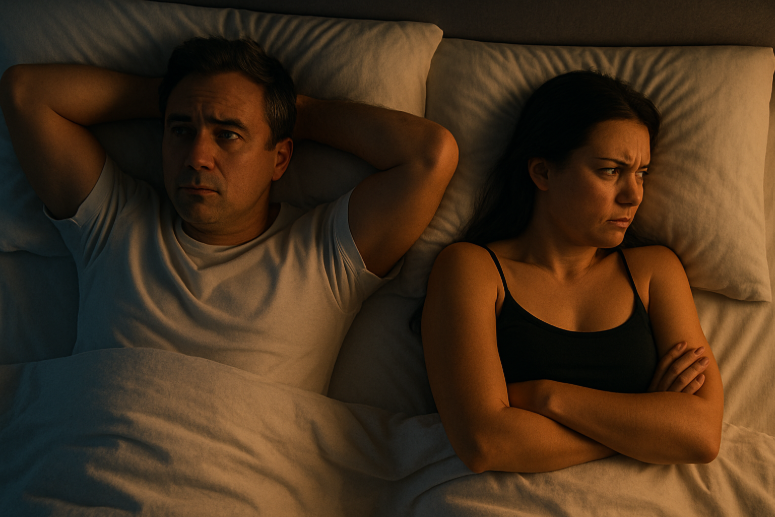
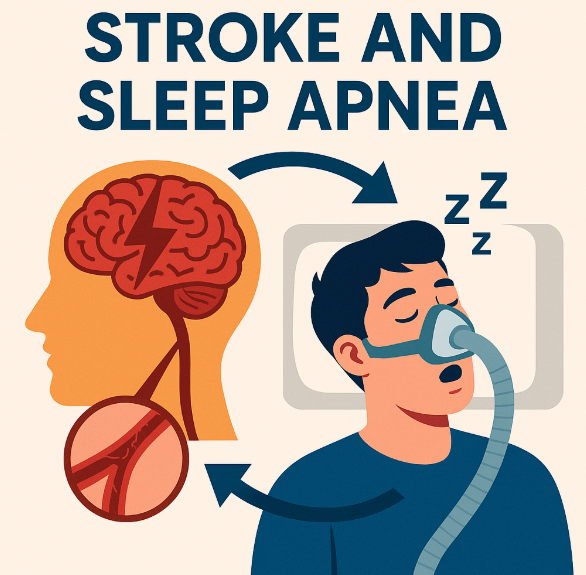

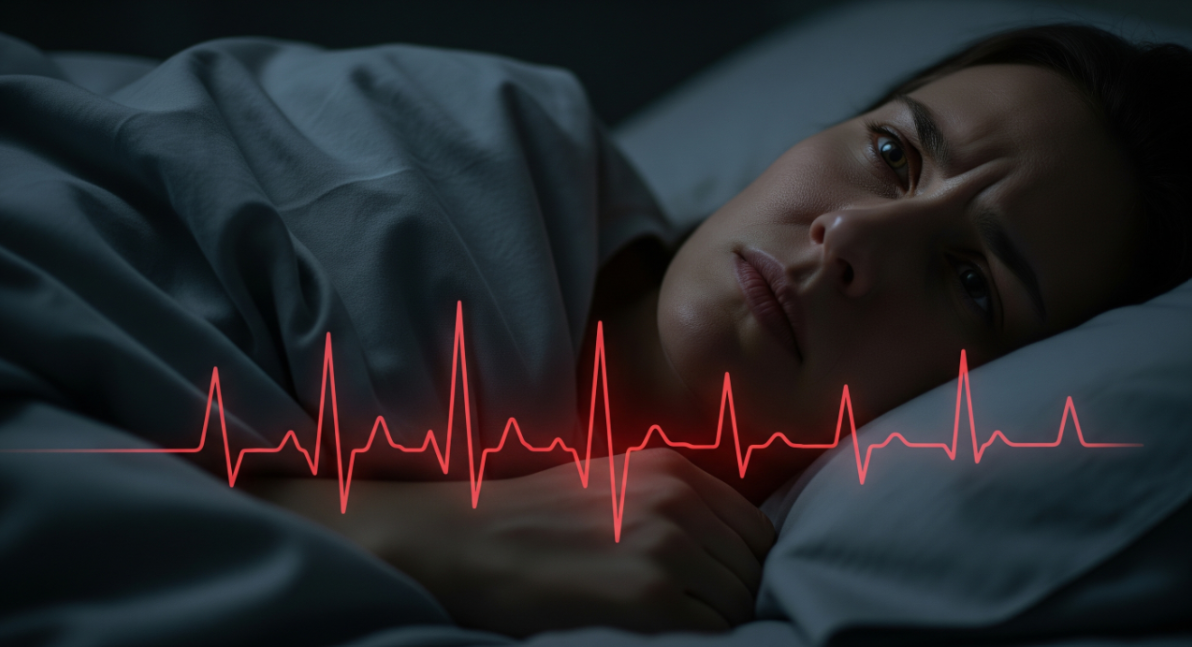





























































%20thumbnail.jpg)
.png)